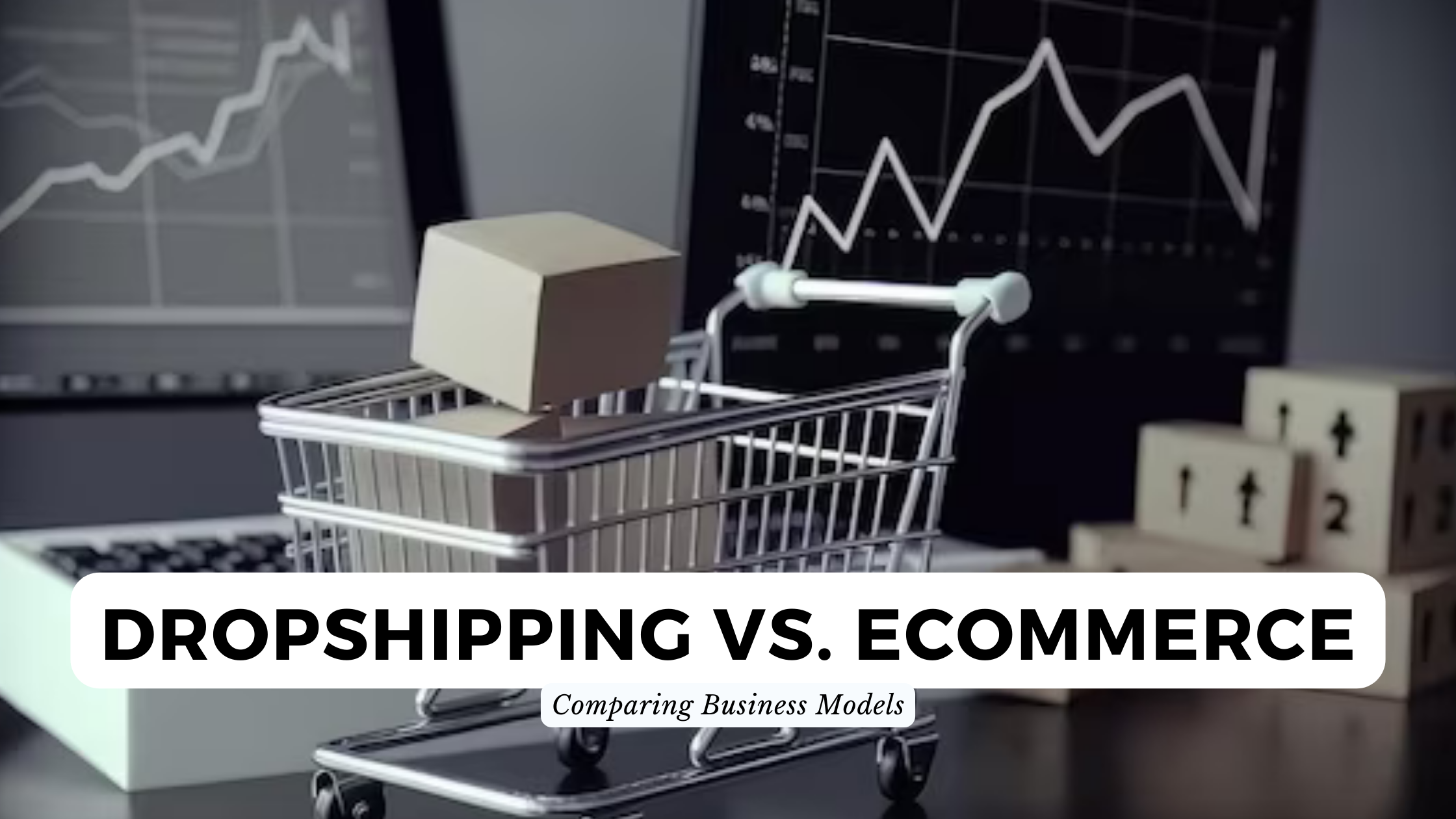Dropshipping vs. Ecommerce: Comparing Business Models


Dropshipping vs. Ecommerce: Comparing Business Models
Introduction
In the dynamic world of online retail, two popular business models, dropshipping and traditional ecommerce, often stand out. Are they the same, or do they have distinctive characteristics? This guide aims to explore the nuances between dropshipping and ecommerce, delving into their structures, advantages, and challenges.
Understanding Dropshipping and Ecommerce
1. Dropshipping: A Lean Approach to Retail
1.1 Definition
Dropshipping is a business model where the retailer doesn’t keep the products in stock. Instead, when you sell a product, you purchase the item from a third party and have it shipped directly to the customer.
1.2 Advantages
- Minimal upfront investment
- Reduced inventory management responsibilities
- Wider product range without holding stock
1.3 Challenges
- Lower profit margins per product
- Dependency on suppliers’ stock and reliability
2. Ecommerce: Traditional Retail Reinvented
2.1 Definition
Ecommerce, or electronic commerce, involves buying and selling goods or services over the internet. Unlike dropshipping, in ecommerce, the retailer holds and manages their inventory.
2.2 Advantages
- Greater control over inventory and quality
- Potential for higher profit margins
- Customizable branding and packaging
2.3 Challenges
- Higher upfront investment in inventory
- Increased responsibility for order fulfillment
SaaS Tools for Streamlining Operations
To effectively manage either dropshipping or ecommerce, integrating the right Software as a Service (SaaS) tools into your operations is crucial.
1. Shopify
Shopify is an all-in-one ecommerce platform that caters to both dropshipping and traditional ecommerce businesses. It offers a user-friendly interface, customizable storefronts, and integrated payment solutions.
2. WooCommerce
WooCommerce, a WordPress plugin, is a versatile tool for those who prefer the flexibility of WordPress for their ecommerce store. It seamlessly integrates into existing websites and provides extensive customization options.
3. Oberlo
Oberlo, now part of Shopify, is specifically designed for dropshippers. It helps you find products to sell and automates the order fulfillment process, making it a valuable asset for those in the dropshipping business.
4. Magento
Magento is an open-source ecommerce platform known for its scalability. It suits businesses with large inventories and complex needs, providing robust features for traditional ecommerce.
5. Subscribed.FYI
Subscribed.FYI is your go-to platform for managing SaaS subscriptions effortlessly. Whether you’re a dropshipper or running a traditional ecommerce store, Subscribed.FYI simplifies subscription management, allowing you to track expenses and optimize your tool stack.
Conclusion: Making the Right Choice
In the realm of online retail, choosing between dropshipping and ecommerce depends on your business goals, financial capacity, and management preferences. Each model has its advantages and challenges, and understanding them is vital for making informed decisions.
Streamline your SaaS subscriptions with Subscribed.FYI. Sign up for Subscribed.FYI Deals to unlock exclusive savings on essential tools like Shopify, WooCommerce, and more. Make the most of your online retail venture with Subscribed.FYI’s centralized platform for SaaS insights.
Relevant Links:











